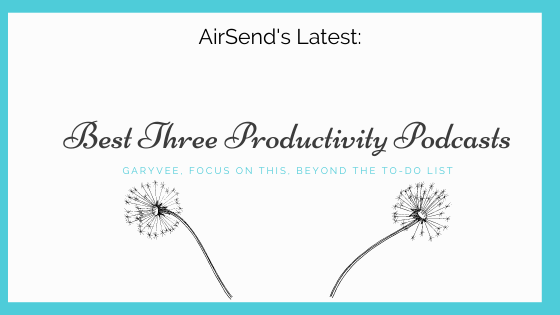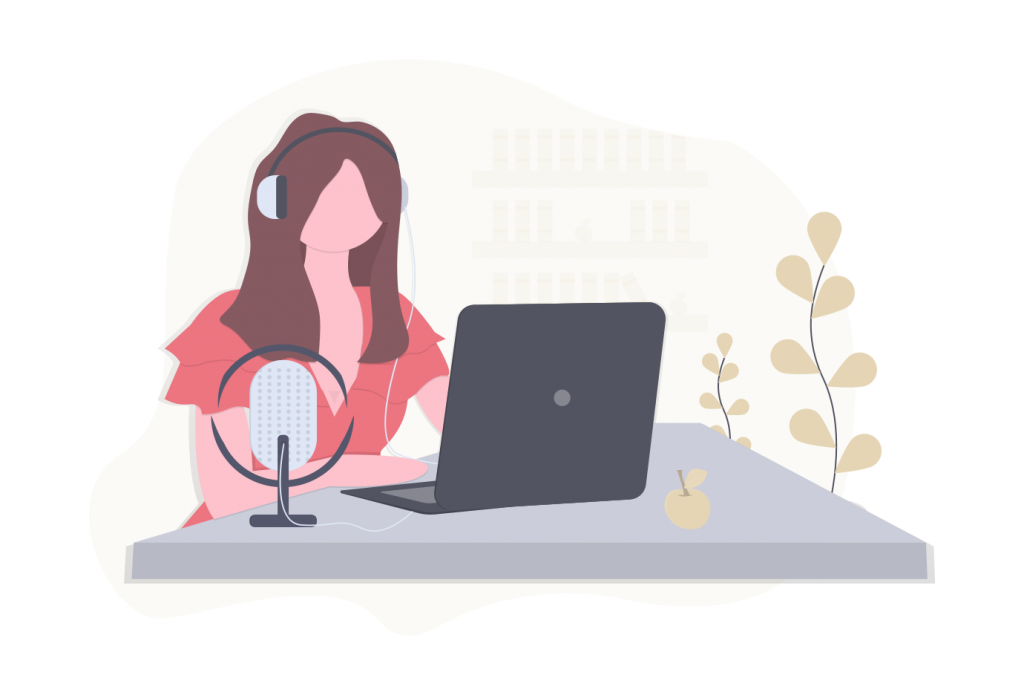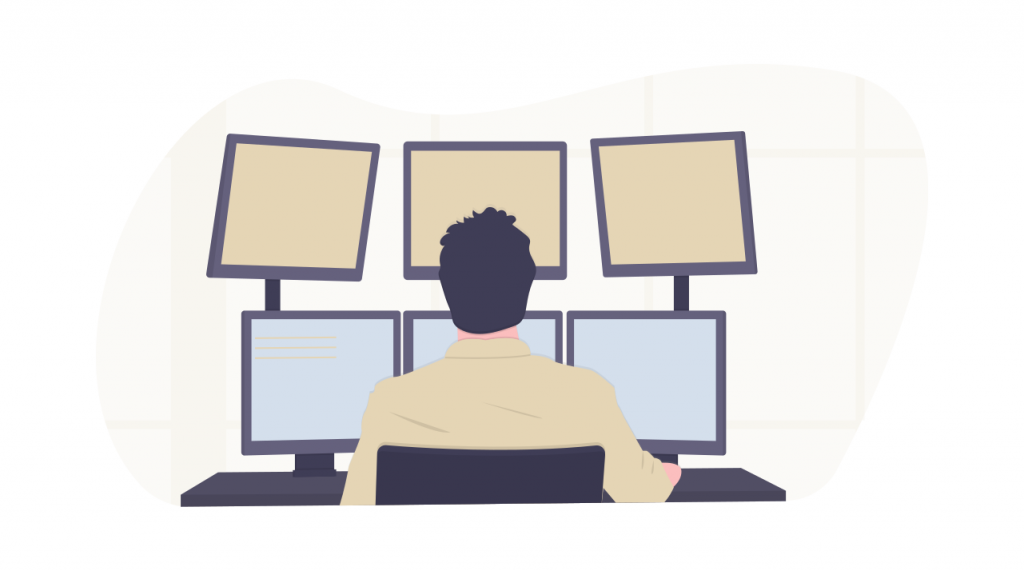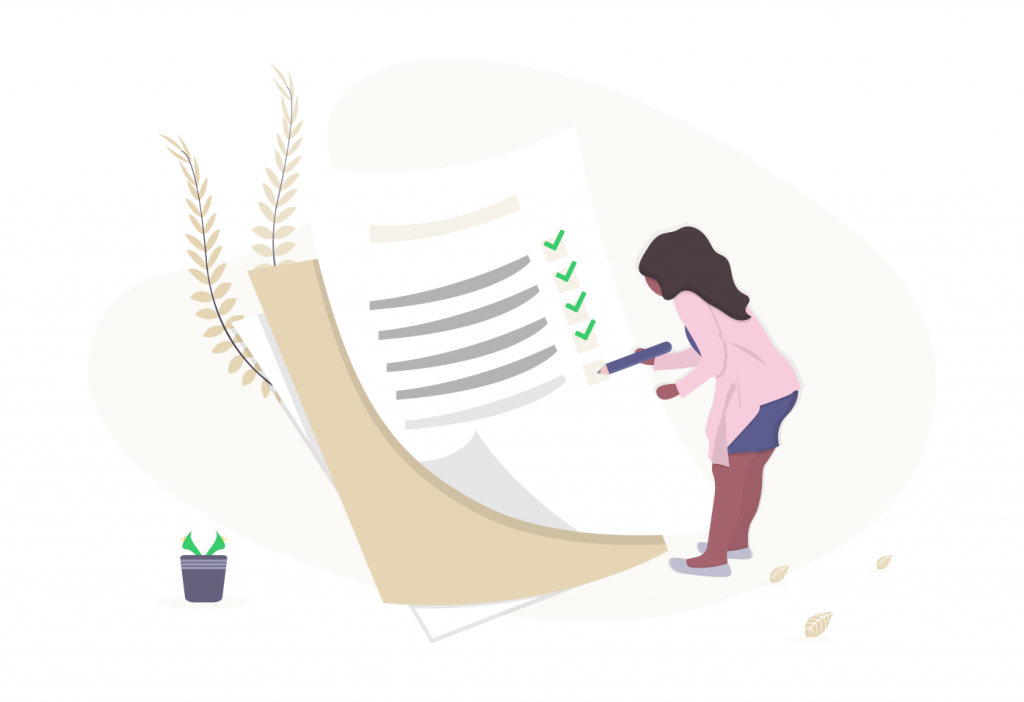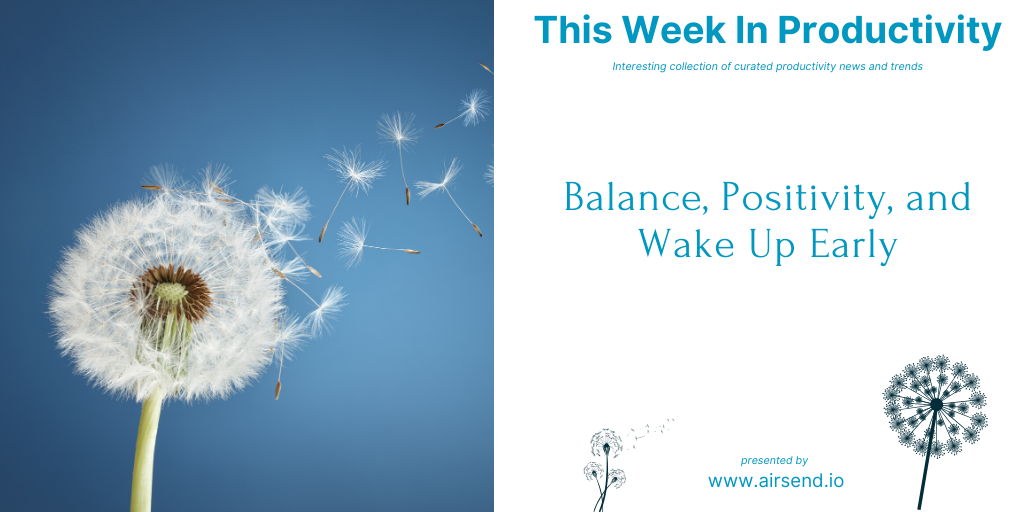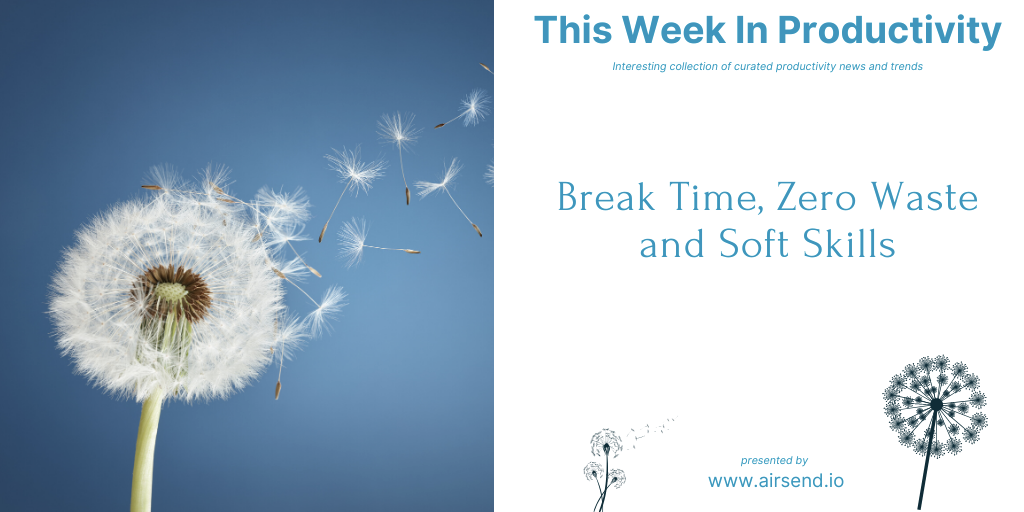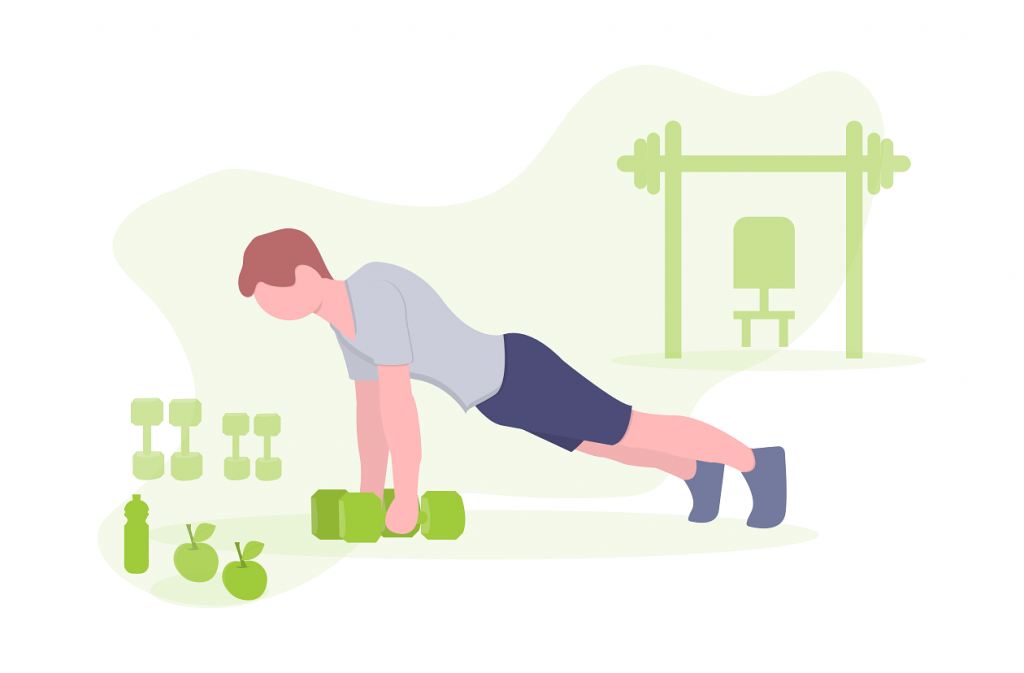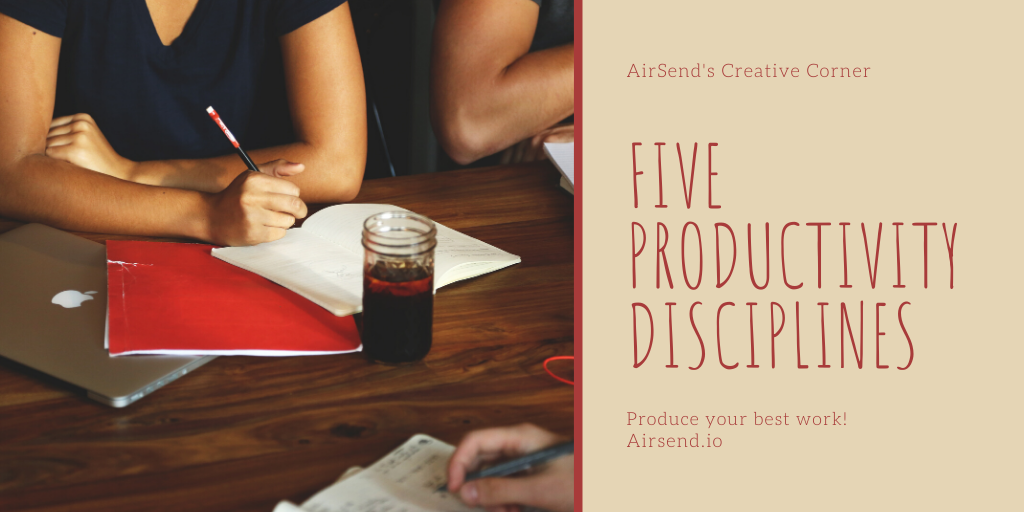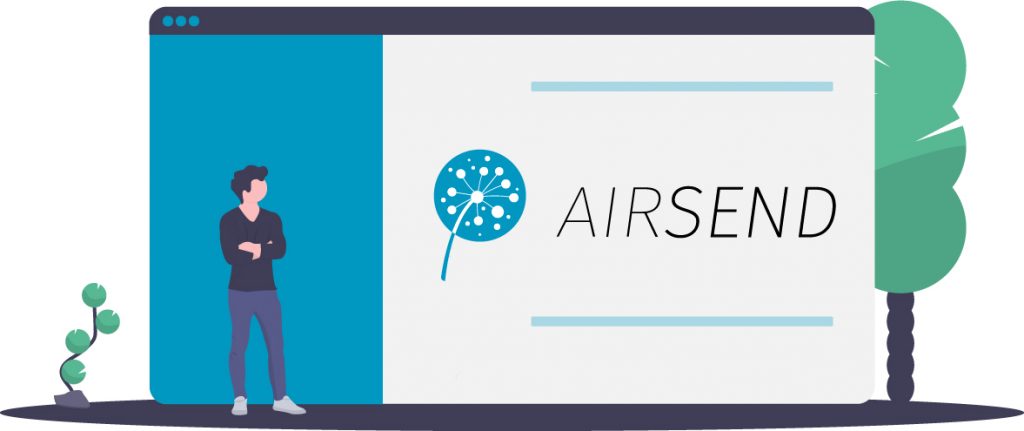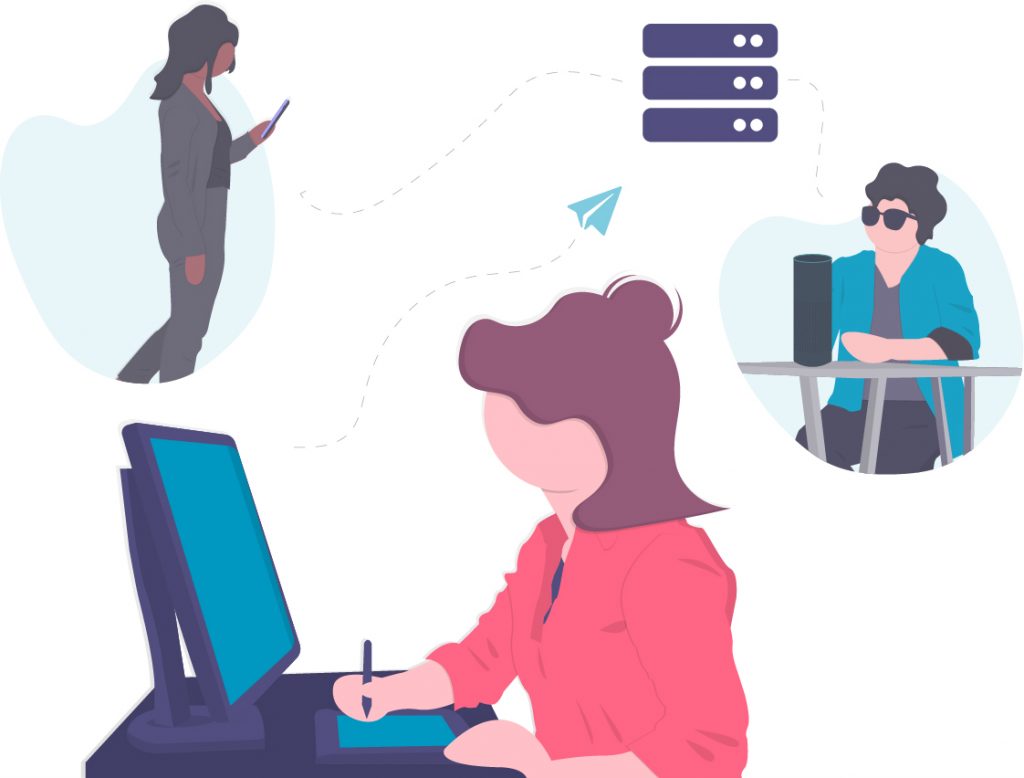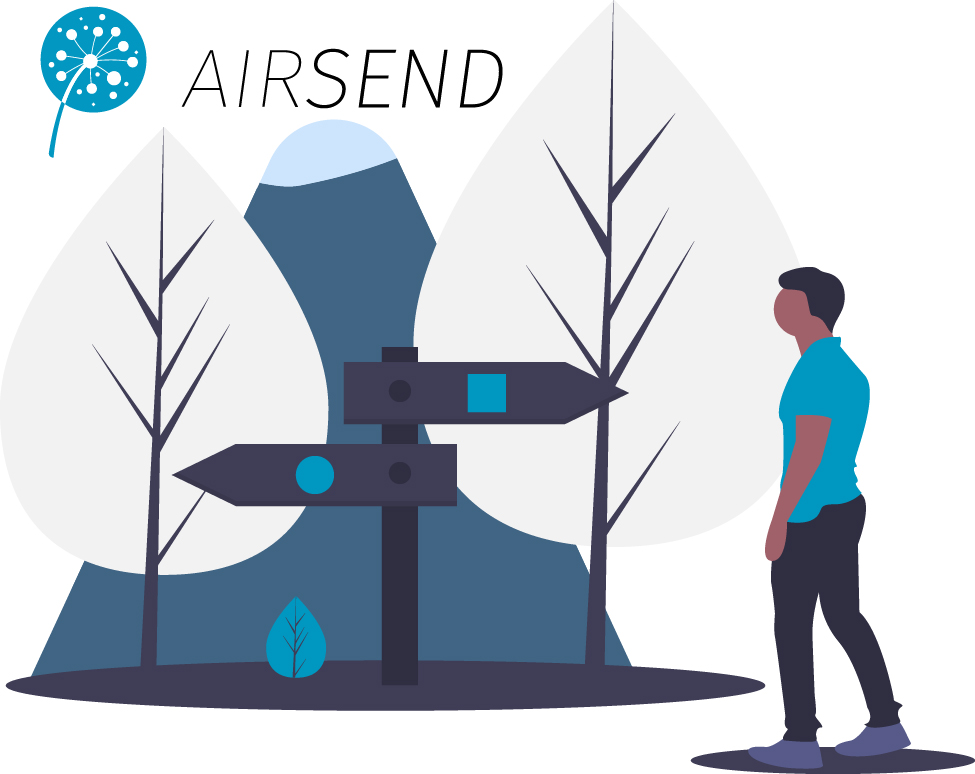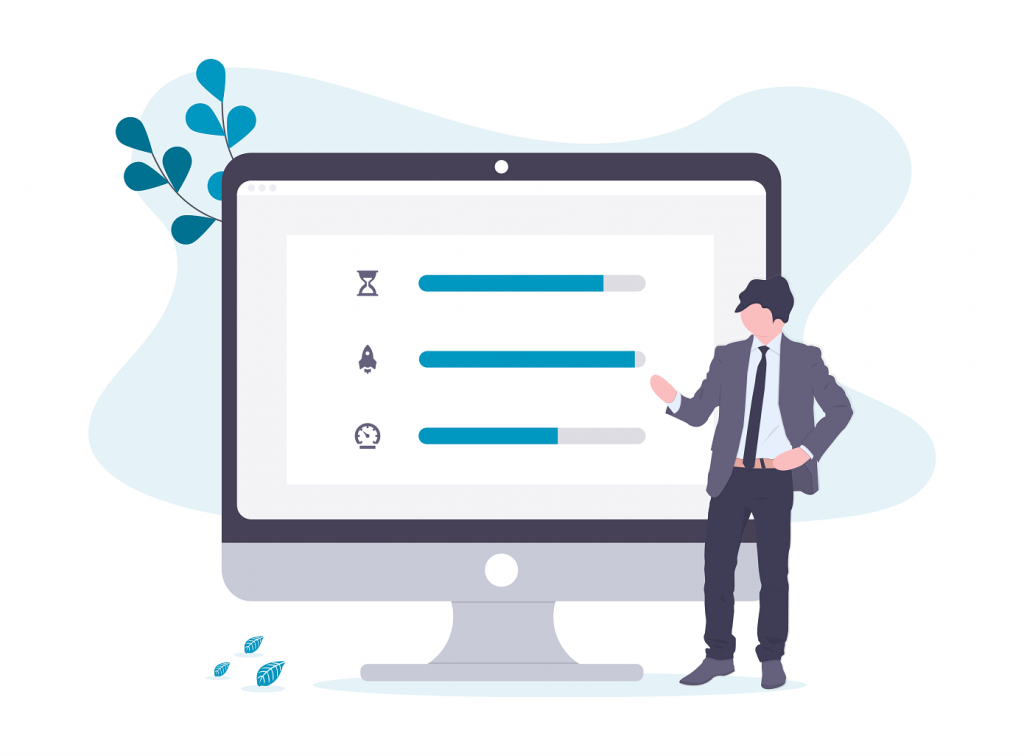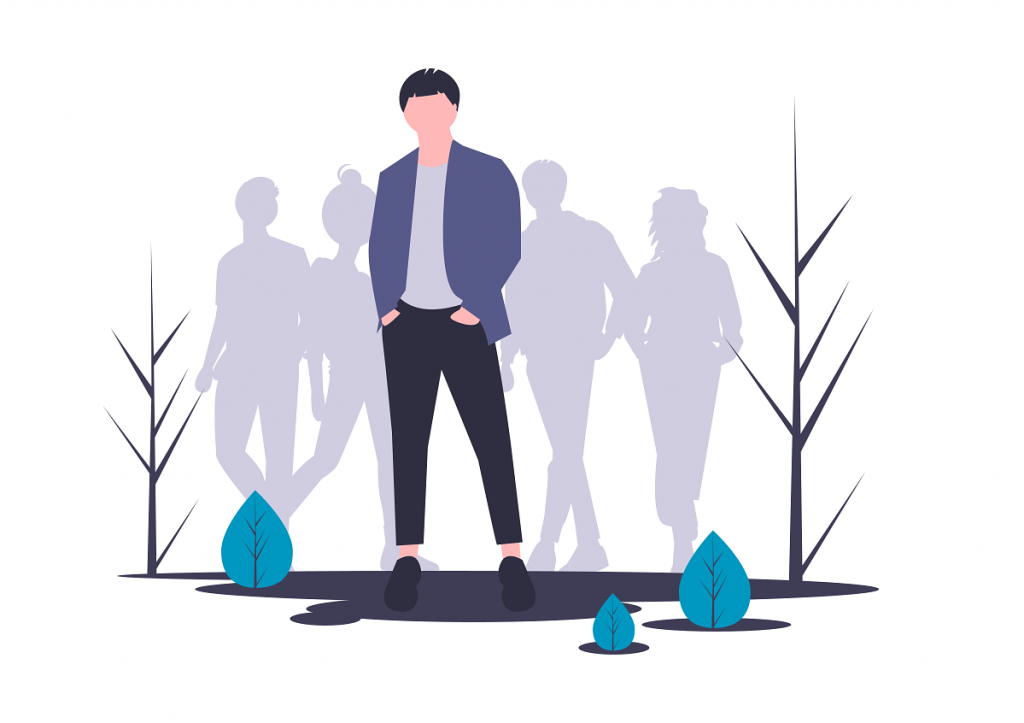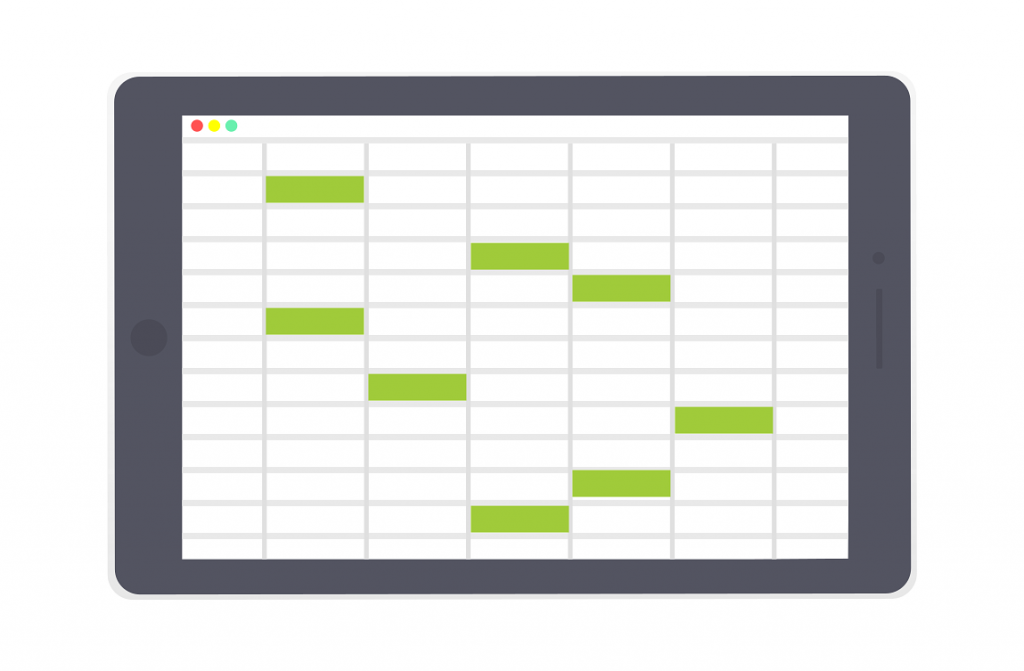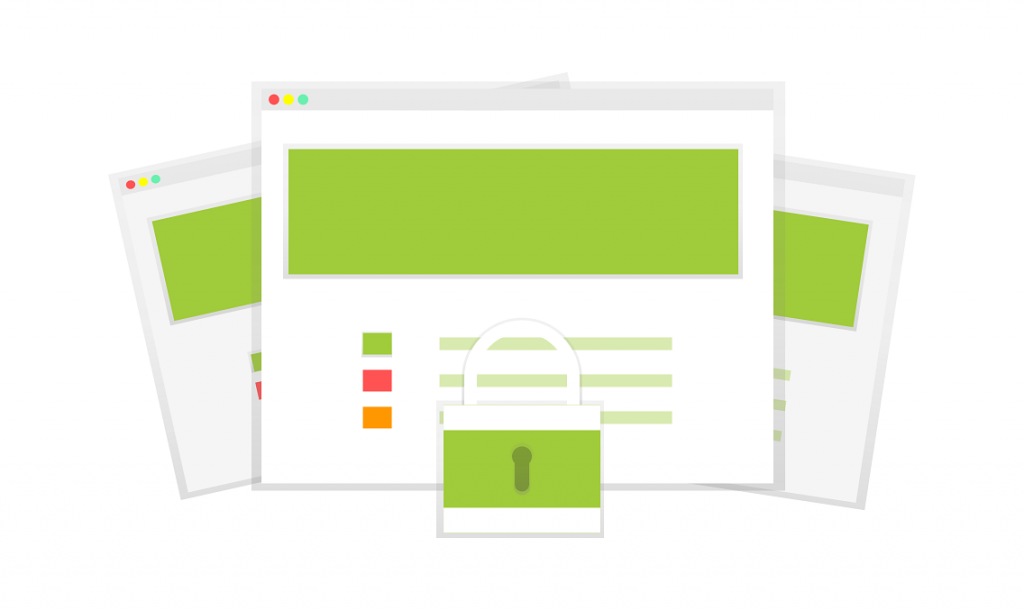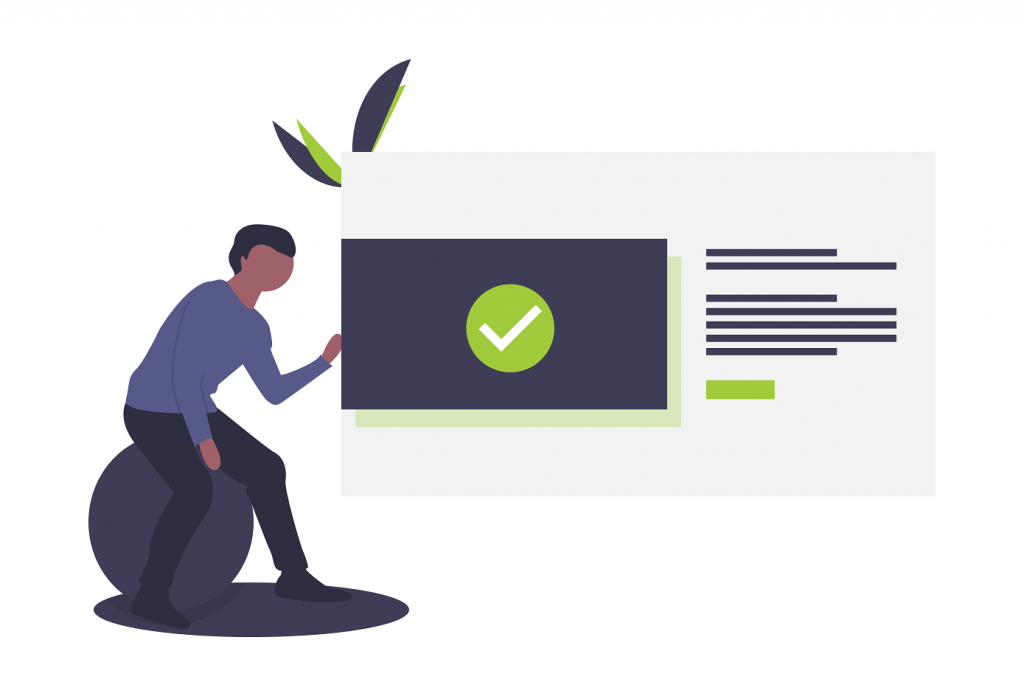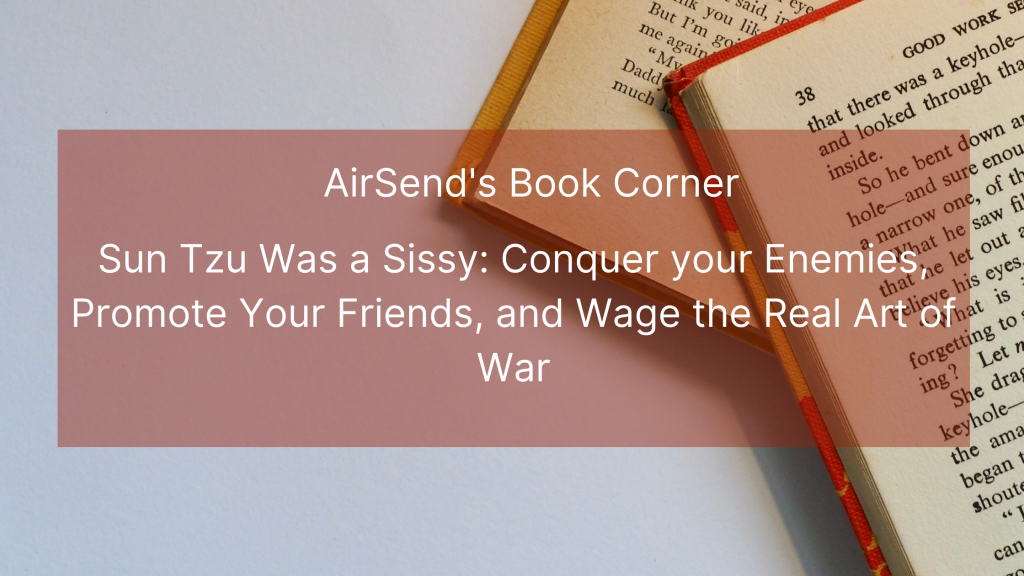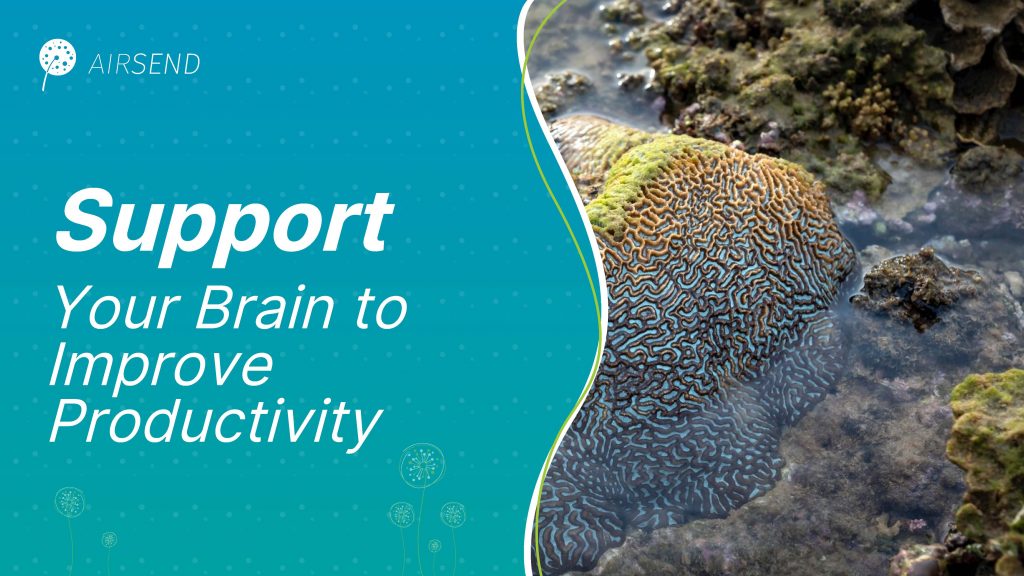
This is the first article in the remote work series focusing on the brain, how it functions, how these functions affect productivity and what strategies can be used to improve productivity.
Series Motto: Being busy is not the same as being productive
The topic of productivity has become popular in recent years. Many different methodologies have emerged, and tons of blog posts and articles have been written on the subject. This is especially true as the world continues to combat the COVID-19 pandemic. Workplaces have implemented new, flexible strategies to comply with health codes and guidelines, which has changed how we identify “productivity”. Learning to connect and collaborate with each other efficiently through novel or optimized technologies has become a critical skill to succeed in our new reality.
This article is the first in a new series that seeks to explain basic concepts of how our brain functions. We will also explore how these functions affect our daily productivity and learn simple strategies to become more productive. The next articles in the series will explore some productivity-related methodologies and approaches that can be used in day-to-day life. Before we dive deep into these concepts though, it’s important to understand the main hero behind productivity: our brain.
What does it mean to be productive?
Productivity, in very simple words, is the ability to do more (in terms of impact) in a given timeframe. This sounds simple but is extremely hard to tackle on a daily basis because of how our brains work. The art of productivity can be translated into a different task – how to organize our work to function around our brain’s limitations.
Our brain has a couple of interesting features that heavily influence productivity. In fact, these features indicate that our relatively modern concept of productivity is antithetical to the brain’s functional patterns and requirements:
- As a part of the body, it must be maintained.
- It wants to consume as little energy as possible.
- It is not designed for multi-tasking.
- It is easily distracted.
- It tends to store extraneous info.
- It craves rewards as frequently as possible.
Next, we’ll examine each of these points to improve our understanding of brain mechanics and how these mechanics influence our rates of productivity. Fortunately, there are ways to mitigate the functional limitations to improve our productivity.
Maintaining the brain
This might sound trivial at first, but the brain is affected by the body’s overall health as much as any other organs (maybe moreso). If we’re tired or frustrated, hungry or upset, these feelings affect the brain’s capabilities, including concentration, problem solving and memorization. This effect is especially intensified by lack of sleep or poor quality of sleep (often due to unhealthy sleeping habits).
A varied and nutrient-rich diet, physical activity, periods of rest, and healthy sleeping behaviors play an enormous role in productivity. We’ve all experienced difficulty focusing after a truncated night of sleep; With the boundary between work and play continuing to erode, and the perpetual connections offered by computers and smartphones, it becomes increasingly difficult to prioritize rest. In the long run, this pattern of behavior can destroy our productivity, and, more importantly, our health.
When discussing productivity, the brain-body connection is often skipped. It is also one of the hardest to address, since it requires self-discipline across different aspects of life and is heavily influenced by factors outside our control. In general, taking care of yourself is the best way to take care of your brain. Eating well, regularly exercising, and getting enough sleep are universal solutions to elevate how your body – and brain – perform. A healthy brain can stay focused, which is critical when talking about productivity.
Additionally, healthy brains can be trained. Stretching our brain through creative tasks, learning new skills, working through logic puzzles, and similar mental activities keep our brain in good shape. Ideally, those exercises shouldn’t be too connected to your daily work, so your brain can rest and train other areas.
Energy consumption
This tendency is a natural consequence of how living beings function. Keeping energy consumption at a minimum is a basic survival strategy implemented by plants and animal all over the world. Food provisioning might be hard at times, so it’s always better to save energy whenever possible. Our brain is one of the biggest energy consumers in our body. For the sake of efficiency, it can’t (and won’t) operate on maximum output all the time.
When a brain is engaged by a task that requires focus, it will stay switched on. If that focus is overextended or if the task fails to engage the brain, it will power down to conserve energy. This element of productivity is challenging to address because it requires an optimal balance between environment, internal engagement, and time.
How can these factors be balanced to support productivity at work? Training and exercise, like the examples listed above, are one strategy. As with muscles, a well-trained brain will be able to work more efficiently and for longer periods of time. Other methods include reducing context switching and multi-tasking, which can help preserve energy levels.
Multitasking at a loss
This might not be clear at first but from a productivity perspective, our brain is not designed for real multitasking. It is amazing in terms of parallel input/signal processing (i.e. real-time image recognition, ability to manage all organs and limbs imperceptibly, etc.), but have you ever tried to recite the alphabet aloud and mentally count to ten at the same time? Even though both tasks are learned by small children, it is almost impossible to do both at the same time. Trying to force the brain to multi-task often leads to poor productivity outcomes.
Since our brain is not great at multi-tasking, we must engage in context switching. Context switching is the process of switching gears between tasks, tools, and projects. The costs of context switching include elevated risk of distraction and time wasted warming up to each new activity.
The solution is simple – reduce context switching as much as possible by focusing on one task at a time. Yet this simple solution is much more difficult to practice. In a modern work environment, many decisions must be made constantly, to both organize and execute tasks. This is a massive multi-tasking challenge for our brain; the solutions involve training the brain and structuring work processes and include time blocking, task grouping, and good planning. These strategies will be covered in the next articles in the series; for now, let’s say that we should limit multi-tasking and context switching as much as possible.
Primed for distraction
Here is a common scenario: you are “in the zone”, working on the next paragraph, speeding through lines of code, or unraveling a complex data set. Suddenly, something as simple as a notification or a call for a meeting destroys that flow completely.
Unfortunately, it is difficult to remain fully focused for long periods of time. This is especially true when the task is challenging or boring.
Thanks to other biomechanics in play, such as energy consumption, our brain is easily distracted by external triggers. In comparison, finding the same focused state or flow after being interrupted takes a lot more time and effort. This tendency toward distraction poses significant problems in the workplace, particularly when working on a major project that requires intense focus to complete.
In theory, removing distractions as much as possible will immediately boost productivity. Easier said than done. The problem lies in how to limit those distractions. This solution, again, requires self-discipline, a mental shift, and upfront investment in both environmental and functional processes. First, we need to have a comfortable, non-disruptive workspace. Second, we should try to limit external triggers as much as possible. If a quiet work environment is not possible, we can use headphones to remove external noise distractions.
The biggest distractor of them all is the stream of constant notifications from our devices. It’s a useful practice to disable notifications from email clients, mobile apps, chats, etc., at least during the time set aside for deep work. Doing so helps protect the engaged state of mind.
Dumping extraneous info
Our brain is an interesting beast. It is capable of processing and storing significant quantities of data. However, not all of that data is useful. In fact, information storage in the brain is comparatively inefficient, because the selected data can be quite random. We’ve all experienced the moment when a completely unrelated memory or piece of knowledge bubbles up to the surface. On the other hand, the brain can blank out entirely, so we have the uncomfortable feeling that we’re forgetting something important…
This is completely natural and revolves around how the brain actually stores ‘data’. However, these random, intrusive thoughts can be their own source of distraction, and struggling to recall information taxes the brain’s resources. This struggle becomes a mental pain point we nurse like a toothache, fracturing our focus and cutting into our productivity.
Our brain tends to remember everything (it is called a short memory) but only if it must. This, in fact, is one of the easiest problems to address by removing the burden of remembering from our brain. We can accomplish this feat by creating notes (manual or digitalized), using task boards like AirSend, or converting incoming requests into actionable items. Using these support systems immediately frees up your brain’s resources and alleviates that on-edge feeling from struggling to recall information.
What the brain craves
The brain craves frequent prizes and rewards, much like a young toddler. This can be a physical prize (sugar, salt, or oil-based foods) or a mental one (binge-watching a favorite Netflix series). However, these cravings can become their own highly-effective, internal distractions; when paired with external distractions, cravings have a major, detrimental impact on productivity.
Since the brain wants the easy reward, it’ll reach for low-hanging fruit. This often takes the form of replying to emails or messages. This action results in immediate, positive feedback from having completed a task.
However, this is a huge trap for long-term productivity. The work has been done, but there’s a good chance it wasn’t the most important task. What’s more, our brain constantly tempts us to shift to easy-win tasks, which again leads to context switching and distractions.
Our brains need to be rewarded to stay motivated and attached to bigger targets and goals. The problem comes from the brain’s desire for yet another “success” hit, leading to the formation of unproductive patterns. When we routinely opt to complete low-priority tasks, we waste time and energy that we could have spent making real progress on a meaningful project.
In terms of productivity, the important element is to keep these low-priority tasks from affecting deep work sessions. Another strategy is to divide huge tasks that are hard to grasp into smaller, action items. These smaller-scale tasks can be addressed in a shorter period of time, giving us that needed mental reward while working toward a larger goal.
Summary
Through this article, we have reviewed some of the brain’s functions and limitations, how those limitations impact our work and focus, and some general approaches to improve our productivity. Some of the approaches mentioned above are simple to apply; some are extremely hard, requiring self-discipline, consistency, and specific training goals. All in all, these strategies are worth the effort to achieve the payout of productivity: the ability to do more in the same amount of time. This definition leads to a rather interesting conclusion – you can stop being busy by becoming productive.
Article written by Tomasz Formański
